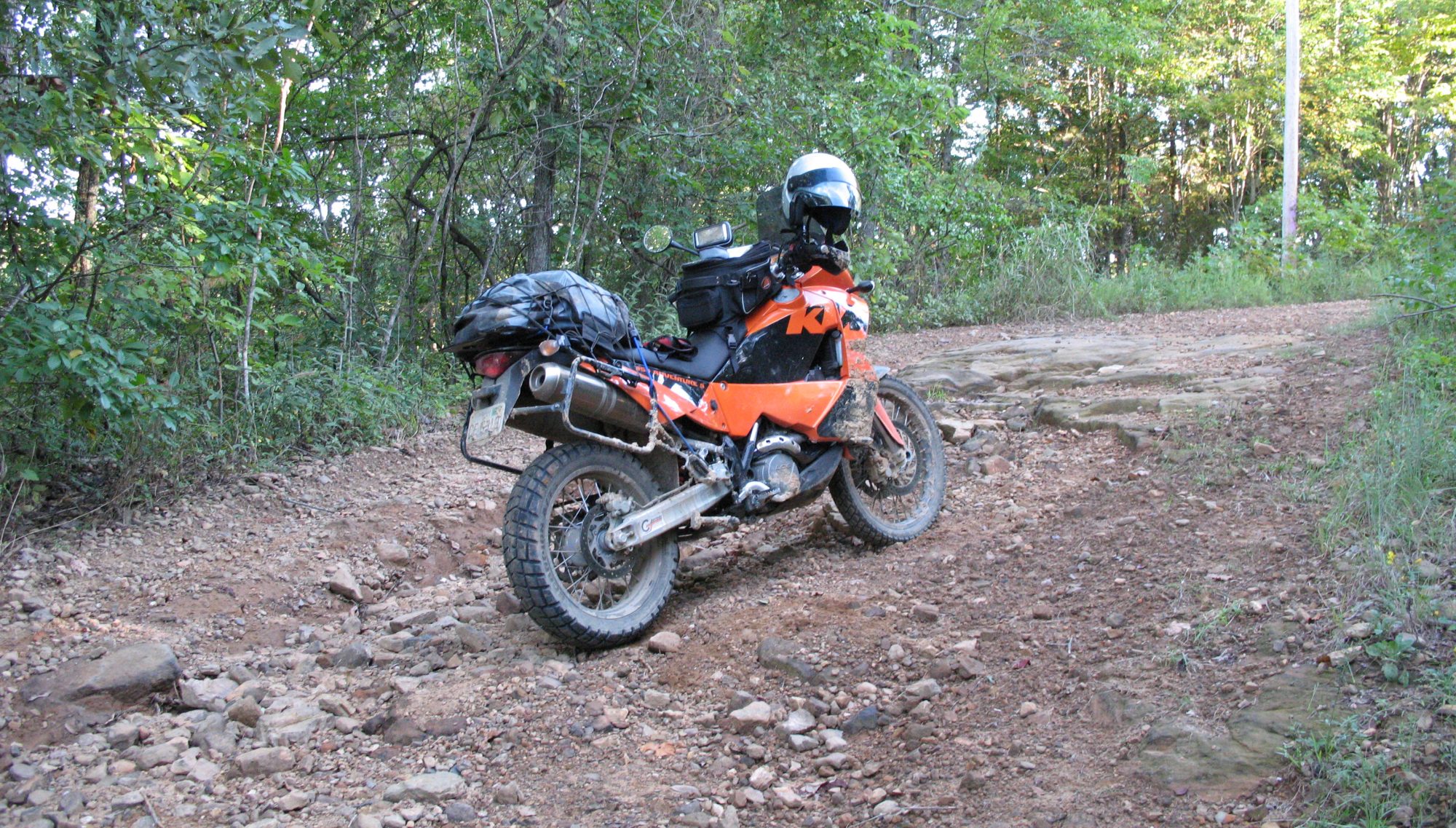The sight on my Bowtech Fuel compound bow is decent, and the fiber optic pins are pretty bright. It isn’t a high end sight – it works fine, but is missing a few upgrades that a higher-end sight will have. Where this sight falls down is in the adjustments. You loosen a allen-head cap screw and move the scope right or left, up or down for windage and elevation, respectively. The sight pins adjust in the same way. There aren’t any markings to indicate how far you’ve actually moved it, so getting it sighted in is a bit of a guessing game.
I decided to see what other sights were available on the used market. Good quality new sights are upwards of $200, so going used seemed the best choice. I found a good deal on a Sword Maximus Pro sight on the archerytalk classified section, which has micro click adjustments for windage and elevation. The price was fair so I picked it up. When it got here, I was impressed with the construction quality – it’s just a solid and well thought out sight with a nice light for the fibers. What was missing were instructions for adjusting the 3 axes. Not really a surprise for a used sight – most folks don’t keep the instructions once a part is installed – some folks never read the instructions at all (Pot, this is the kettle. You’re black.).
So I emailed the company and they don’t have a manual available. Odd. I would have thought a manual would be a common thing to include with any bow sight, but apparently not. I was able to get some advice from folks that have the same sight, and once I had a point in the right direction the adjustments made sense.
The sight is mounted and leveled, next is to get it sighted in. The sight is a 5 pin sight, but one pin is not installed. so I’ll sight it in for 10-20-30-40 yards. 10 and 20 yards can be adjusted at the indoor range at the archery shop, 30 and 40 yards will need to be done outside.
